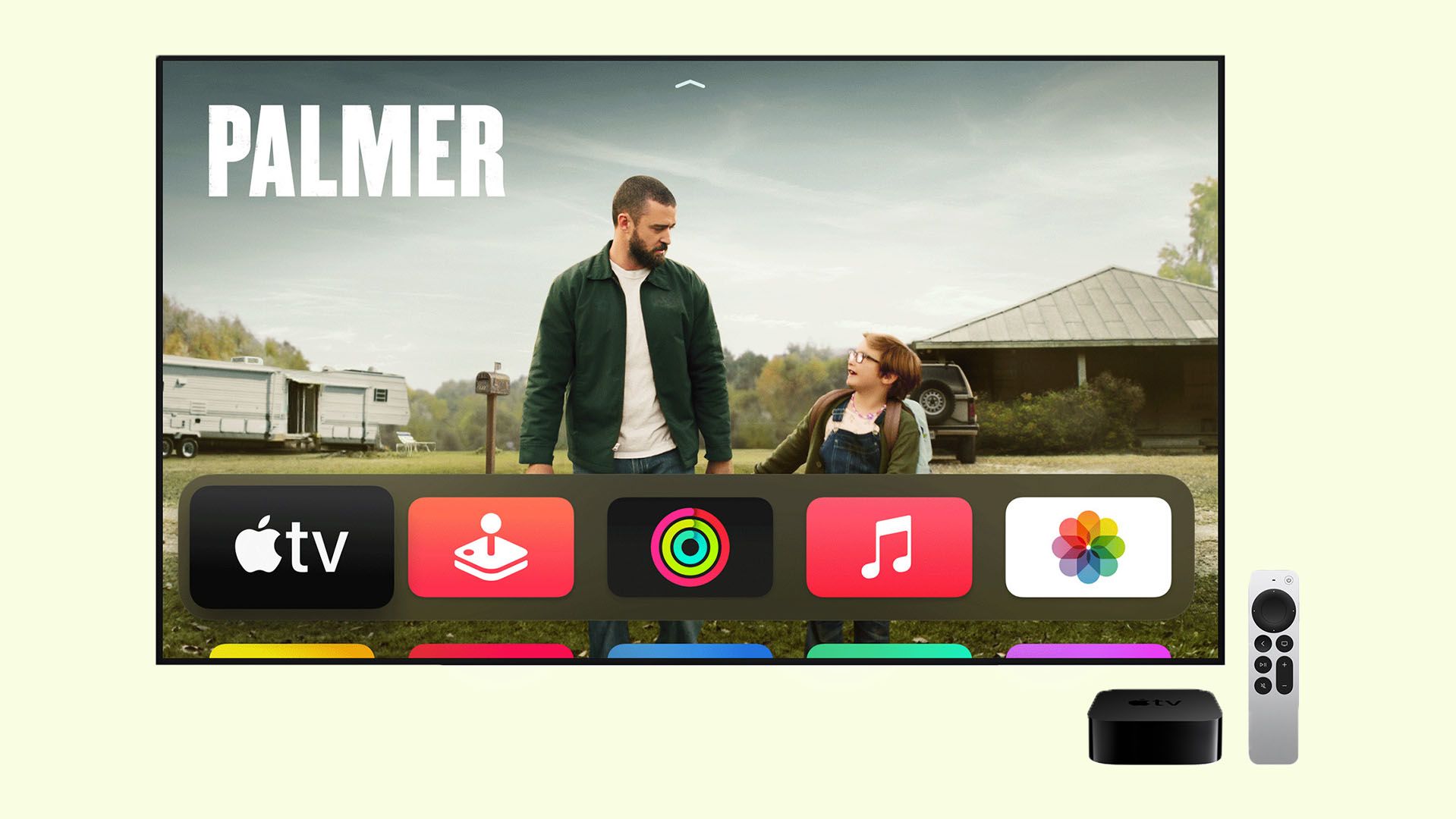There’s a new Apple TV 4K and Siri Remote in town. Besides testing it out for a week, CNN Underscored was one of the first outlets to chat with Apple about the refreshed Apple TV 4K.
“We want to deliver the best experience for customers for all the stuff they love to watch and we want to make it really rich for folks who are engaged with the Apple ecosystem,” says Tim Twerdahl, Apple’s vice president of product marketing for home and audio.
But is this in fact the best streaming device?
The experience
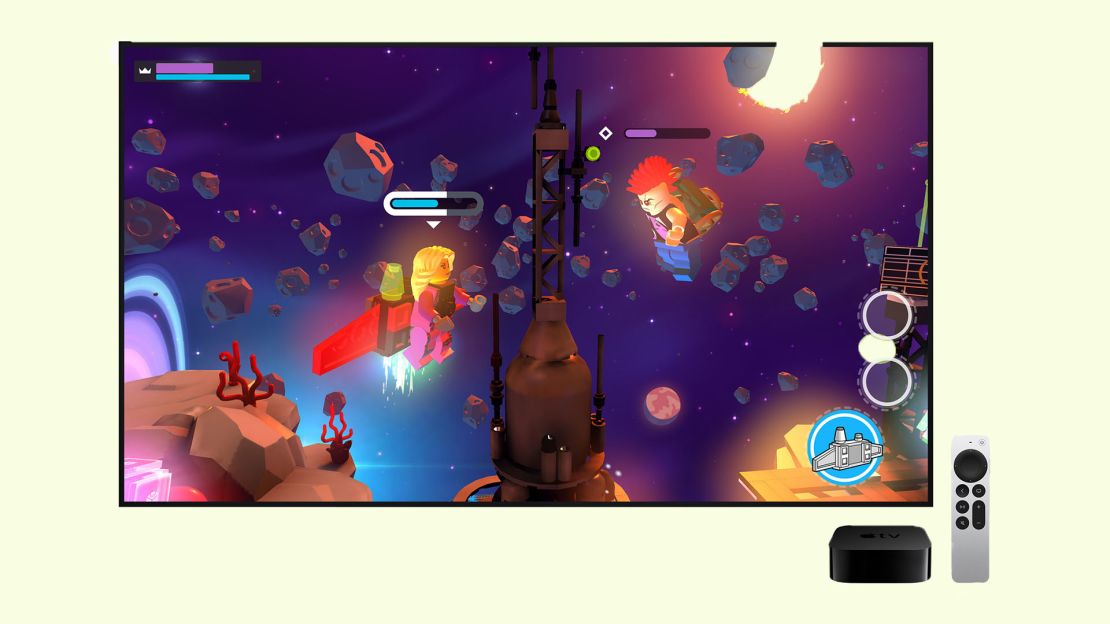
As we gleaned from our experience, the new Apple TV 4K on its own isn’t an entirely new product. Similar to the iPad Pro, it’s all internal hardware changes alongside a few new features. It delivers 4K resolution (something its predecessor did as well) but brings added support for high-frame-rate content, which is made possible by the new A12 chip. “Delivering that best viewing experience at the TV is really what Apple TV is all about,” says Twerdahl. “We want to make sure that whatever specs you care about, to get the absolute best picture quality to have that most cinematic experience to really enjoy all the amazing content that’s out there.”
In our testing, the Apple TV 4K did present content in a very sharp and vibrant matter. Keep in mind, though, a lot of this is dependent on your TV model. With support for 4K along with standards like Dolby Vision, HDR and Dolby Atmos, Apple is trying to offer a gamut of options. One new feature is the ability to color balance your TV with your iPhone, which we feel is a great feature that lets you get more out of TV 4K and your TV. Still, you’ll need an iPhone with Face ID in order to measure color levels of your TV and to adjust how the Apple TV 4K is presenting content. While you don’t need the new model to take advantage of the colorimeter, the new model is the key to high-frame-rate content, though — we were able to test this with one app, RedBull TV, and it does indeed broadcast at a higher frame rate. This way the content looks more realistic. The issue here, though, is you’ll need a TV that supports it and more content is needed. Like 4K resolution, this is a form of future-proofing your setup.
In addition to presenting the content, the new A12 Bionic chip inside the Apple TV 4K is also responsible for powering tvOS and the apps you choose to download. Through the App Store you can get streaming services or games.
With the latter, the A12 Bionic aims to deliver more power that developers can tap into. In our testing, games do load faster and feel a bit more dynamic. The gaming experience is on par with that of an iPad Pro, and it is immersive. “Our focus on gaming has been more recently on arcade stuff, because we think that that’s a great value for customers. There’s a tremendous amount of content in there,” says Twerdahl. “And we’ve done a lot to make that experience fantastic. Most notably, probably support for all these different game controllers.”
The experience of playing a game on Apple TV with a controller aids in the ease of picking up a title. It’s also a bit more dynamic, considering there are haptics and motors built into the controllers. This way it provides more feedback over a connected iPhone or even the Siri Remote.
And with Apple Arcade, for $4.99 a month, you get access to a plethora of titles. “It’s probably not designed to compete directly with the Xboxes and PlayStations of the world,” says Twerdahl. “They bring something to the market that I think is unique and great for really hardcore gamers.”
Where it falls in the lineup
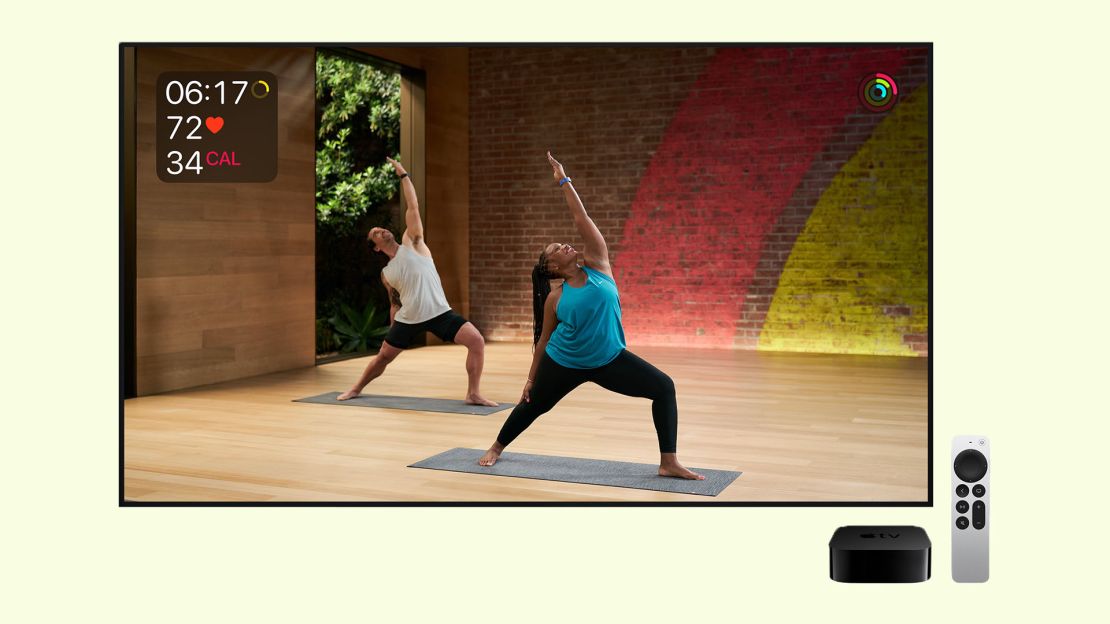
Apple TV has always lived in the upper echelons of pricing. We named the previous Apple TV 4K “the upgrade pick” after testing a plethora of streaming devices, as it was $80 more than our overall pick (Roku Ultra). Apple hasn’t done much to bring that price down, as it still starts at $179 for the 32GB model. “We think there’s a tremendous amount of value in this $179. When we talk about the best way to watch TV, I sort of think about it at three levels,” Twerdahl says.
The first level, according to Twerdahl: “Ensuring that we have the hardware specs to deliver the absolute best quality experience you can get.” Arguably, this is the goal with any streamer. And while Apple offers the core viewing standards you’d expect at up to 4K resolution and works to upscale content in real time, it also lets you color balance the panel, which did improve the picture quality in our testing.
“The aspect of having all the content people want and making it easy to discover and enjoy,” Twerdahl names as the second level. That’s where the Siri remote comes in, as Apple’s virtual assistant can help you find content and handle all your requests. You can be specific like “Let’s watch ’The Love Guru’” or more broad with a genre or specific movie series request. The Apple TV app, which we’ll dive into below, serves as the central hub for recommended content and easy access for viewing. The biggest leg up that the Siri Remote has: It doesn’t just point you to buy the content you’re asking for, but actively links to services that you’re already signed into to watch it. So if we ask for “Star Wars Rebels” it will pull up the card and take us into Disney+, since the Apple TV knows we have an account. That’s a step further than what Roku, Chromecast with Google TV or Fire TV will do.
The third area Twerdahl walks us through is the ecosystem as “an area we continue to invest really heavily in making great experiences across our products. And that idea that if you have an iPhone, Apple TV is that much more powerful. Not only can you tap to set it up, you can use it as a remote you can AirPlay from it.” What does that mean, exactly? If you use Apple devices like an iPhone, iPad, Apple Watch or Mac, the Apple TV 4K fits right in. It’s similar to what we discussed when we took a closer look at how the Mac integrates with other Apple devices, but falls back to the common notion of “better together.” It also cements the Apple TV 4K as a home hub of sorts within your Apple ecosystem.
“That’s what I think really sets Apple TV 4K apart from everybody else is this power that allows us to have the best viewing experience, and the deepest and richest ecosystem integration you can get,” Twerdahl explains.
Similarly, as tvOS has received updates through the years, it’s moved Apple’s services to the big screen. And here we’re talking about Apple Music, TV+, Arcade, Fitness+ and Photos. They all now have a dedicated app icon and give you easy access to them. And since you’re signed in with an Apple ID, it all syncs across devices.
Fitness+ is an especially deep integration, as it pulls live data off of your Apple Watch while streaming a workout on the TV. Twerdahl notes that “we brought together Apple TV hardware, this amazing service that is changing people’s lives and created a custom data channel for Apple Watch to talk to Apple TV.” The Fitness+ integration is one that we’d like to see Apple re-create with other services, as it does put a dynamic twist on working out at home. It’s service across devices for customers and teams working together inside Apple. Similarly, with Photos, you’ll see the Apple TV 4K suggest memories to take a look back on frequently, especially as it takes over the main top window of the tvOS home screen.
Apple HomeKit focuses on Thread
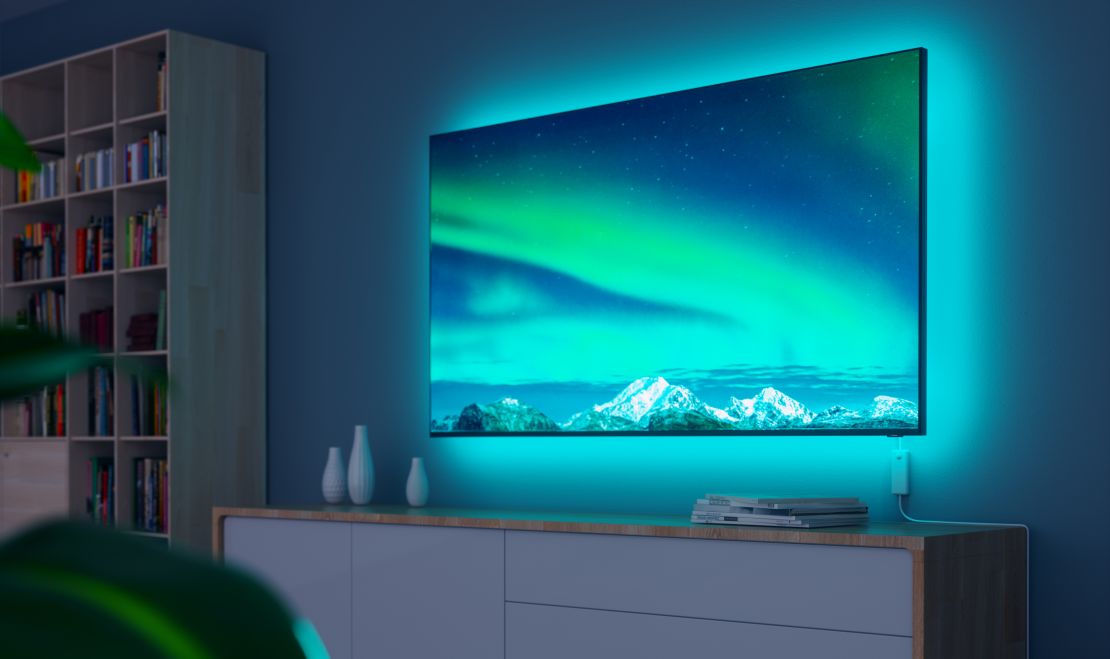
Like the HomePod Mini, Apple is adding Thread connectivity into the Apple TV 4K. Like Bluetooth, Z-Wave or Zigbee, Thread is a new smart home connectivity standard. And, as Twerdahl explains, Apple believes Wi-Fi, Bluetooth and Thread are three key radios for the smart home. Specifically, with Thread, Twerdahl says, “It’s all about low power, inexpensive mesh networking and the ability for lightbulb makers like Nanoleaf to put Thread radios in those bulbs, and not have to have a separate hub to control it all. But let Apple TV or HomePod Mini be that hub.”
In our testing, the inclusion of Thread connectivity here does make it quite easy to set up HomeKit-enabled devices. We also hope that as Apple expands ways to get Thread accessories online, it could bring more devices into the fold with support for HomeKit. Currently, the ecosystem is not as ubiquitous as Amazon’s Alexa or Google’s Home. It does offer security and peace of mind that isn’t readily available from the other two, though.
Since Apple launched its smart home ecosystem it’s been working to bolster it. What we’ve found is that while there are plenty of devices with HomeKit, they don’t generally work with other ecosystems in the same version of a product. The culprit likely being the rules and requirements of playing within HomeKit.
Previously, the solution for getting Thread was a HomePod Mini or a border router from a third-party accessory maker. But Apple is making that a little easier by including the technology in the Apple TV 4K. Twerdahl sums it up by saying, “We want to make it as flexible as possible for people to get into HomeKit and sort of Apple’s view of the smart home.”
A look ahead
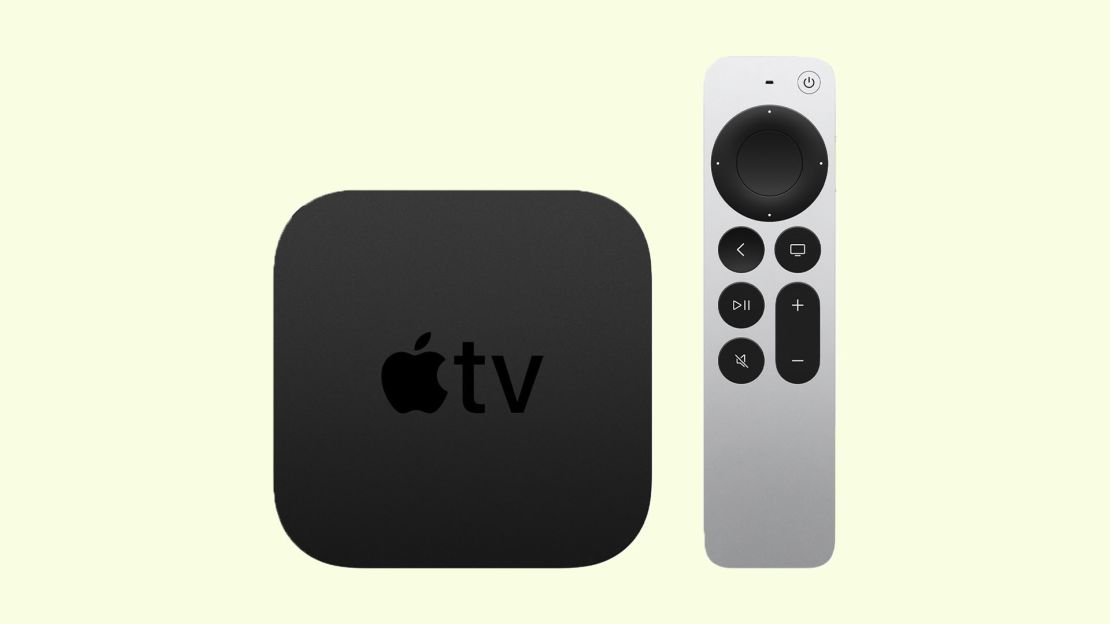
And as our time with Tim Twerdahl began to run out, we wanted to ask him about the future of Apple TV and the potential devices we might see. Going off of the Apple TV 4K being priced at $179, we wanted to see his thoughts about a cheaper Apple TV. Maybe even taking a page from Google’s or Roku’s book, delivering it in a streaming stick or dongle-like capacity. While he wouldn’t answer it specifically, he did offer some insights, saying, “To us, we want to make sure that we are always thinking about the value side of the equation, not just the price point, right? And if we continue to bring outsized value, as I believe we do, that’s what’s most important for us.”
It’s a very Apple approach, and we hope that the brand might eventually find value in multiple offerings of the same product line. This is similar to how Apple offers the iPhone 12 and the 12 Mini and initially offered a HomePod and a HomePod Mini. Either way, it’s clear that Apple isn’t leaving home entertainment anytime soon, and when it comes to the TV specifically, there’s a lot more to work on. For now, the new Apple TV 4K delivers on that value even at a higher cost with no concerns about a long runtime.
